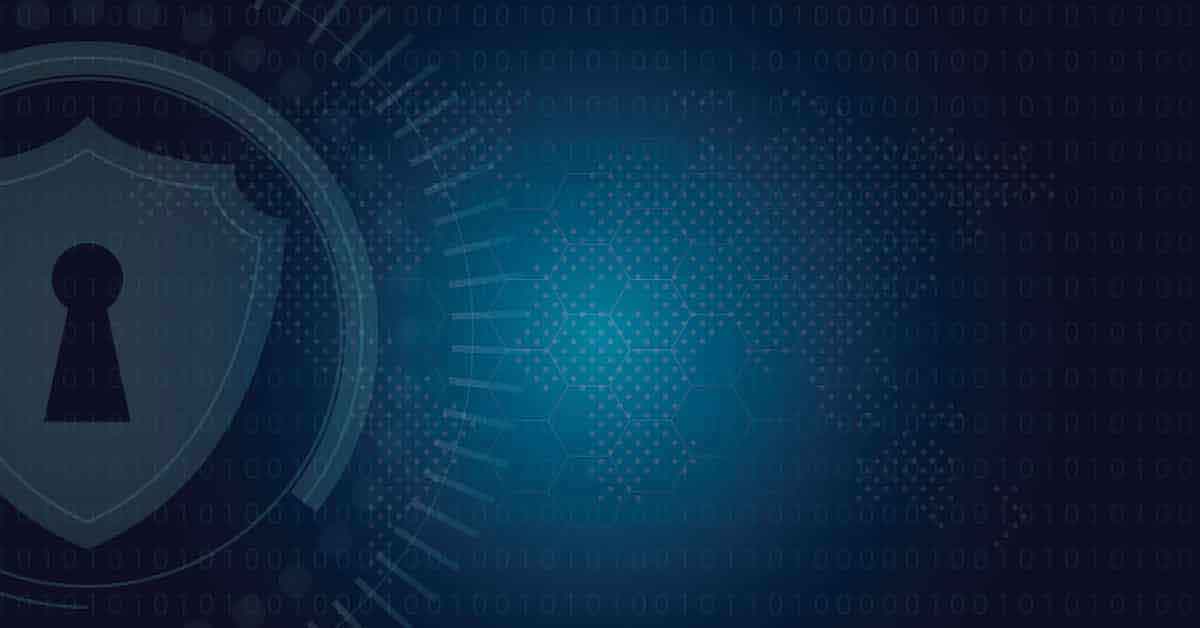
The Role of Hacked Passwords in Data Breaches
Big data, expanding as a result of digital transformation makes both institutions and individuals extremely vulnerable to data breach threats. Big data, which is targeted by cyber attackers to create data leaks, is of great importance for the business continuity of companies because it contains critical data. This is exactly why cyber threats target organizations by creating ransomware attacks.
The way that organizations allocate data security against internal and external cyber threats is directly related to successful password management. A well-built password management process, on the other hand, provides complete access security for the hack of passwords and credentials, easily eliminating cyber threats. On the other hand, the inability of companies to prevent the disclosure of data in the face of hackers creates serious problems both financially and in terms of corporate image.
How Do Hacked Passwords Cause Data Breach?
As Verizon's 2021 Data Breach Investigations Report shows, credentials are the most effective way for a cyber threat to infiltrate organizations. According to the report, 61% of data breaches that occur in organizations are due to insufficient protection of identity information. Again, the same report reveals that 85% of sensitive data used in social engineering attempts and malware attacks is obtained from identity information.
Current examples of the data exposed also confirm the report prepared by Verizon. On April 3, 2021, credentials of more than 553 million Facebook accounts were leaked on a hacker forum. A week after this event, another case that could set an example for the subject of disclosed data occurred on LinkedIn. While it was revealed that more than 500 million accounts were put up for sale and faced with identity information breaches, only two million records were shared as evidence.
How to Prevent Hacking of Credentials and Passwords?
To prevent the hacking of credentials and passwords, it is first necessary to distinguish between third-party access and employee access. You should never grant access to any third party requesting person or organization without having a secure Privileged Access Management (PAM) solution. Thanks to the modules it contains, PAM provides a high level of data security by keeping all passwords in the network in fully encrypted vaults.
For instance, Dynamic Password Controller (DPC) modules enable a PAM solution to securely store passwords, creates an advanced authentication system for third-party applications. Or Two-Factor Authentication (2FA) feature creates an additional layer of security to the DPC module, validates access requests on computers and mobile devices using strong and one-time passwords with solid features like geo-location and time restrictions. Thus, another layer of security is created to prevent unauthorized access by third-party applications.
PAM for End-to-End Data Security
Authorized access via privileged accounts might become easy to control when resorting to the PAM solution. First of all, you must ensure that both internal and external users who have access to your network have different compliance standards. When you manage to make it an indispensable part of the system that all privileged accounts on the network comply with different compliance standards and access rules, you can prevent third parties from hacking passwords and credentials.
The Privileged Session Manager (Privileged Session Manager - PSM) module is one of the important steps in building access security for a PAM solution. PSM, which enables encrypted administrator sessions to be controlled between users and target endpoints within the network, allows you to create custom policies as it has a very flexible structure. As a matter of fact, it should be emphasized that the building block of the module in question is the Principle of Least Privilege. Our Privileged Session Manager, which is a highly advanced product, is also referred to as "best in its class" in Gartner's "Critical Capabilities" report.
Database Access Manager (DAM) is one of the modules that helps your organization secure against data breaches. The relevant module controls the privileged access of all administrators with access to the database on the network and provides 24/7 monitoring on the system. On the other hand, the Dynamic Data Masking (DDM) module associated with DAM enables masking of all data records and administrator actions in the system, anonymizing your data in the face of cyber attacks and offering advanced access and data security solution to your organization.
Another module that should be mentioned for end-to-end data security is Privileged Task Automation (PTA), which enables the configuration of workflows in the network by making use of the new generation GUI user interface as well as extensible and customized command sets. In addition, PTA helps your employees allocate more time to different tasks by automating the work within the scope of operational activities. Thus, employee and work efficiency increases significantly.
As Kron, we provide modular and end-to-end access security with our PAM product Single Connect in order to prevent the leakage of personal and corporate credentials of your employees or customers.
Our PAM solution Single Connect, which is also included in the Magic Quadrant for PAM report published by Gartner, is among the most advanced PAM applications in the world. Check out Single Connect to prevent data breaches in your organization through identity leaks.
If you want to learn more about the world's leading PAM products, please make sure to contact us to get more information from our expert team.









